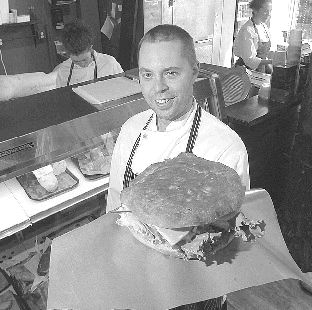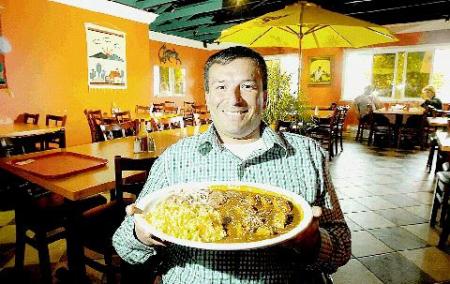Coquitlam opposes Riverview plan, but city’s inaction is telling
Pete McMartin
Sun
In the course of doing this job, and in the course of living in a suburb, I have heard, uttered in various degrees of disgust, the following comment hundreds of times about the Downtown Eastside.
IT GOES SOMETHING LIKE:
“Awful, isn’t it, what’s happened down there? All those street people and crack addicts wandering around! Why don’t police do something? Doing drugs out in the open and begging for change! Pity the poor tourists! It’s Vancouver‘s shame.”
This is the accepted wisdom across the Lower Mainland. It’s probably the accepted wisdom across Canada.
It is also wrong.
The Downtown Eastside is not Vancouver‘s shame. If it is anything, it is testimony to the city’s humanity. It is testimony to its citizens’ limitless patience.
Almost alone, the City of Vancouver and its residents have borne the burden of the intersecting scourges the Downtown Eastside breeds — the drug trade, the homelessness, the HIV-AIDS epidemic, the property crime and, most criminal of all, the disenfranchisement of the mentally ill.
Led by consecutive city councils and an enlightened social planning department, however, the city has supplied or made provision for the vast majority of social housing units and emergency beds in the Lower Mainland. It has done the same in the area of emergency health services. While it can be argued that the concentration of those services perpetuates those problems, there can be no argument about who is doing the heavy lifting in dealing with them. And that is the City of Vancouver and its residents.
Which brings me again, this week, to Riverview.
Coquitlam’s government has let it be known that it opposes the provincial government’s idea of putting thousands of market housing units on the 98-hectare site to subsidize the construction of a smaller number of social housing units for the homeless, the mentally ill and the developmentally disabled.
The idea is to integrate those smaller groups within the larger population — a philosophy that has been tried successfully time and again in Vancouver. Moreover, the market housing would pay for the social housing — again, a philosophy already being applied in Vancouver in the redevelopment of Little Mountain.
Coquitlam council, however, is adamant in its opposition to market housing on Riverview, because its leafy, arty vision of the 98-hectare site is different than that of the provincial government. Thus, thousands of social housing units may not be built, at least, not at Riverview.
In light of that opposition, I thought it would be instructive to look at some figures supplied by the Vancouver Mayor Sam Sullivan’s office and the Greater Vancouver Regional District.
According to the GVRD’s Homeless Count 2005 report, Vancouver, with 27 per cent of the GVRD’s total population, provided shelter for 700 homeless people.
That worked out to 74 per cent of the GVRD total of homeless people who successfully found a place to sleep in emergency shelters or safe homes.
The northeast sector, which includes Coquitlam, Port Coquitlam and Port Moody, and which comprises 10 per cent of the GVRD’s population, provided shelter for eight people, or one per cent of the GVRD total. None of those eight were housed in Coquitlam.
According to the report Greater Vancouver Shelter Strategy 2006-2015, the City of Vancouver provided far and above the great majority of permanent shelter and safe house beds in the GVRD, with 490 spaces, or 76 per cent of the entire GVRD total.
The number of shelter beds and emergency shelters in the northeast sector?
Zero.
Coquitlam, and it sister communities Port Coquitlam and Port Moody, have no emergency shelters, according to the report.
Now, Coquitlam’s resident homeless population is nowhere near Vancouver‘s. According to Rob Innes, manager of community planning in Coquitlam, the latest count done in the northeast sector identified about 170 homeless people.
But that total has been growing. And Coquitlam’s response to that growth has been slow off the mark. Only recently did council provide for a small shelter on city-owned land for single moms and children who are currently homeless or at risk of homelessness.
The point is, the problems of the homeless, the mentally ill and the developmentally disabled are no longer confined to the Downtown Eastside. They are in every community in the GVRD, as every report on homelessness has said, and those problems are growing. And those communities outside of Vancouver have to start shouldering their share of the burden.
Thus, the Downtown Eastside isn’t Vancouver‘s shame. It is anything but. The shame is much more diffuse, and should be shared by local governments that have either been too complacent to address the problems, or too willing to let the problems coalesce into a neat compact ghetto in downtown Vancouver, far away from their tidy subdivisions.
© The Vancouver Sun 2007






